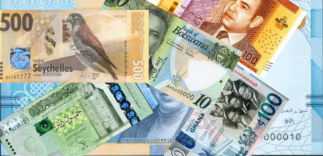The strongest currencies in Africa are constantly stable due to the country’s ability to maintain better purchasing power by lowering inflation rates. Just like any other market commodity, currencies are traded based on supply and demand. Well, a high demand for a particular currency significantly pushes its value and strength.
You could be asking yourself whether your currency is doing better in 2024 or not, but without considering and comparing inflation rates as the determiner on the continent, it is difficult to understand the surgical currency fluctuations in your country.
Africa is home to the underdeveloped and impoverished, strategically by design and ignorance, for the continent sits on a web of natural resources that, if managed mannerly, can boast of good subways, constant power supply, state-of-the art education and hospitals, and high wages.
Higher interest rates are also a determinant factor since countries with higher interest rates tend to attract more investors, which increases the demand for a currency, thus strengthening it. It’s very difficult for many African countries to strengthen their economies due to a poor trade balance. Countries that import more than they export struggle to stabilize their currencies.
The US dollar is the global reserve benchmark currency; initially backed by gold at the time of World War II, many countries have held on to the US dollar as part of their foreign reserves for international transactions.
Strongest Countries in Africa in 2024
- Tunisian Dinar
Currency Code: TND
Current Exchange Rate: 1$=3.10
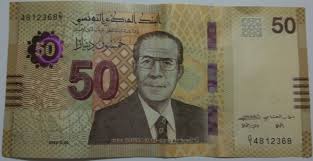
Tunisia is a country with a rich history and diverse geography and is located in North Africa, bordering the Mediterranean Sea. The Tunisian dinar was first introduced in the country in 1958, at the time when the Tunisian franc was the major circulating currency. In 1960, the dinar was officially made the national currency at a rate of 1000 francs per dinar.
- Libyan Dinar
Currency Code: LYD
Current Exchange Rate: 1$ = 4.85
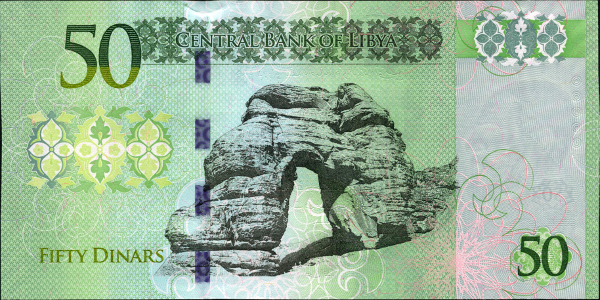
The Libyan dinar has been one of the strongest in the currency market, even in the wake of political instability and civil wars. Libya predominantly used the Libyan pound in the post-colonial era, which replaced the colonial currencies used during Italian and French rule. The Libyan dinar was officially introduced in September 1971, replacing the pound at 1 dinar = 1 pound.
- Ghanaian Cedi
Currency Code: GHC
Current Exchange Rate: 1$ = 15.49
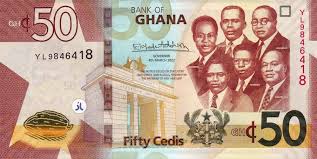
Ghana, a natural resource-rich country in West Africa, suffered one of the highest inflation rates on the continent in the post-COVID-19 era. In 2022, Ghana recorded one of the worst economic outcomes with a 31.26% inflation rate, a 21.28% increase from 2021.
Initially, Ghana’s economy relied on the British West African pound, shillings, and pence until 1957, when it gained independence. Cedi, meaning “cowry shell” in the Akan language, was introduced by Ghana’s first president, Kwame Nkrumah, to replace the colonial currency in 1965. Cedi was initially pegged to the British pound at par £1 = 2.4.
- Moroccan Dirham
Currency Code: MAD
Current Exchange Rate: 1$ = 9.83
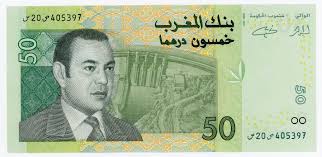
Moroccan dirham is the official currency of Morocco, located on the northern edge of Africa. The rial was the first Moroccan currency, spanning 39 years of its usage. The French franc replaced the rial in 1921 under the French Protectorate, until 1956, when the dirham was introduced as the national currency, following its independence.
- Botswana Pula
Currency Code: BWP
Current Exchange Rate: 1$ = 13.58
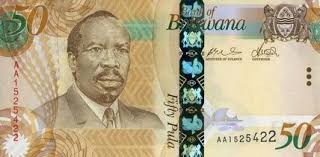
Botswana is a landlocked country in southern Africa, one of the sparsely populated countries on the continent. The pula is the national currency of Botswana. Prior to the introduction of pula in 1976, Botswana relied on foreign currencies.
Botswana was part of the Rand Monetary Area after South Africa switched to the Rand from the South African Pound in 1960. Botswana was part of the Rand Monetary Area for ten years after independence, until 1976, when the pula was officially introduced as the national currency.
- Seychellois Rupee
Currency Code:SCR
Current Exchange: 1$ = 13.62
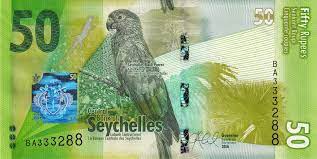
Seychelles is an archipelago of 115 islands scattered across the Western Indian Ocean, with tourism being the mega-pillar of its economy.
The Seychellois Rupee is the national currency, which is one of the strongest currencies in Africa with a spanning history of stability. The Seychellois Rupee is also one of the youngest countries on the continent.
- South African Rand
Currency Code: ZAR
Current Exchange Rate: 1$ = 18.35
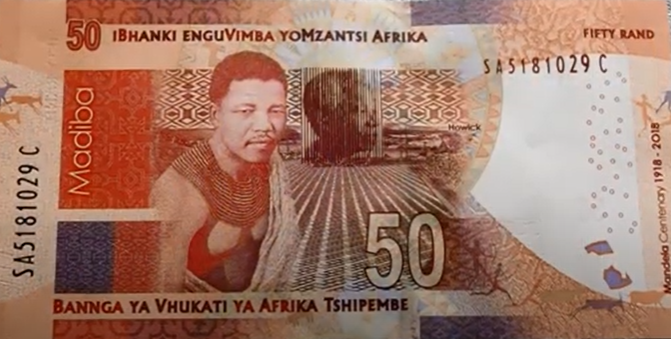
South Africa has one of the strongest and most stable economies on the continent. It’s one of the most developed, with a large complex of industries across its major cities. The South African Rand is the official currency of the country.
The country used the South African pound prior to the introduction of the rand. The South African Rand was introduced prior to its declaration as a republic in 1961.
- Eritrean Nakfa
Currency Code: ERN
Current Currency Exchange: 1$ = 15.00
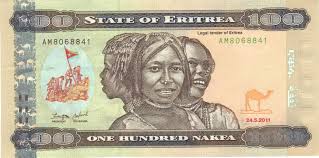
Eritrea is among the youngest countries in Africa. Located in the horn of Africa, Eritrea gained independence from Ethiopia in 1993 after a long and brutal war. Eritrea had no official currency until 1997, when the government introduced the Nakfa, replacing the Ethiopian Birr at 1 Nakfa = 1 Birr.
- Egyptian Pound
Currency Code: EGP
Current Exchange Rate: 1$ = 48.25
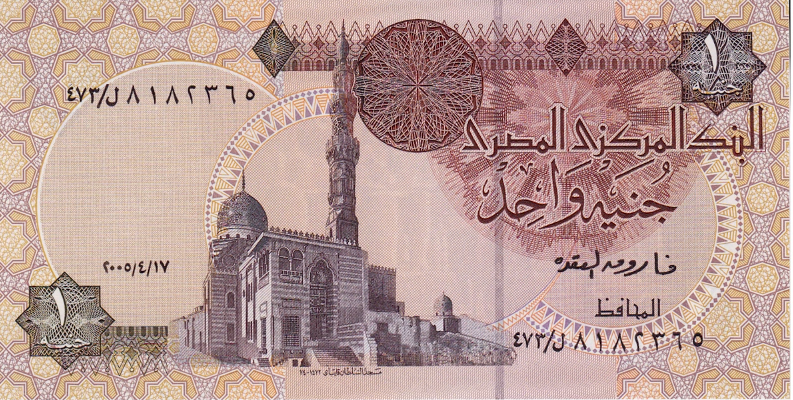
Egypt is among the biggest economies in Africa, with tourism as its major economic pillar. The Egyptian pound is one of the longest-standing currencies in the world, dating back to its iconic ruler, Muhammad Ali, who established gold and silver-minted riyals for transactions in the late 19th century. The Egyptian Pound was officially adopted as the gold standard currency in 1885—pegged on British Gold.
- Zambian Kwacha
Currency Code:ZMW
Current Exchange Rate: 1$ = 26.52
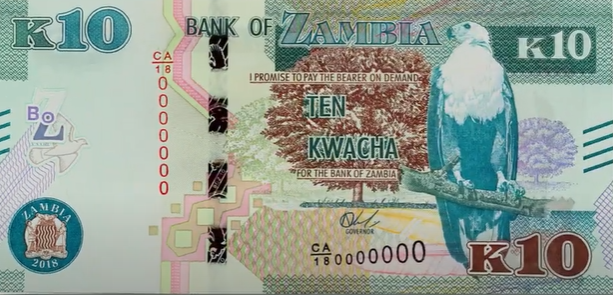
Zambia is a landlocked country sandwiched between Central, Southern, and East Africa. Zambia is heavily reliant on copper mining as its major export, as the country has large copper reserves.
The country gained independence in 1964 from Britain, and prior to the introduction of Kwacha, its transactions were reliant on the Zambian Pound, which was closely linked to the British Pound. The Zambian Kwacha was introduced one year after independence. In 1971, Zambia moved its currency peg to the US dollar, shifting away from the British pound.
